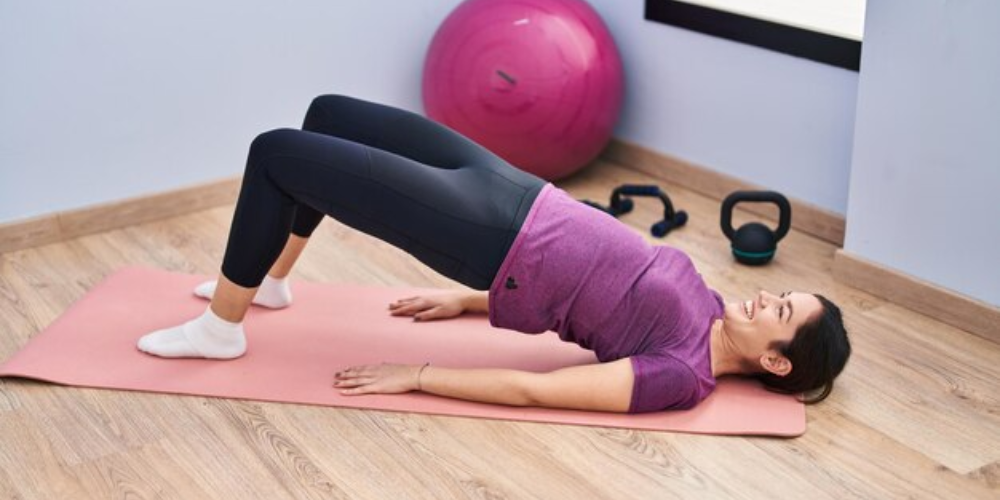
Exercising Your “Down There” Muscles: Why Kegels Are Worth a Try

Many of us go about our days without thinking much about our “down there” muscles. But paying some attention to the pelvic floor can really pay off. This network of muscles plays a big role in keeping you continent and helping your reproductive organs work their best. Read on to find out how exercising these muscles with Kegel exercises can improve bladder control, bowel function, sex, pregnancy, and more.
What Is the Pelvic Floor?
The pelvic floor is a hammock of muscles at the base of your pelvis. These muscles support your bladder, uterus (womb), and rectum. The pelvic floor muscles also wrap around your urethra, vagina, and anus. When you contract your pelvic floor, you’re able to stop the flow of urine and hold in gas and stool.
What Are Kegel Exercises?
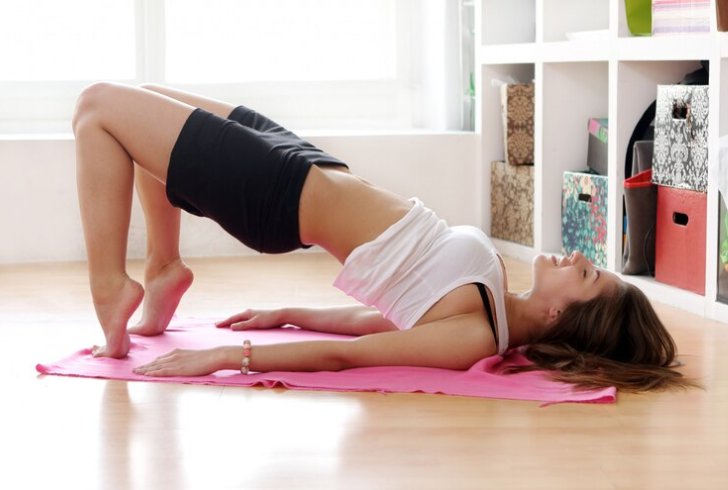
Image by Racool_studio on Freepik | Doing Kegel exercises makes your pelvic floor muscles stronger.
Kegel exercises strengthen your pelvic floor. To do these exercises, you squeeze the muscles you use to interrupt urine flow. Physical therapist Amy Wetter, MD explains, “The purpose of Kegel exercises is to strengthen the pelvic floor.” You can do Kegels anywhere, anytime. All you need are your pelvic floor muscles.
How to Find Your Pelvic Floor Muscles
Before doing Kegels, it helps to identify your pelvic floor muscles. Stop your urine stream mid-pee to feel these muscles contract. But don’t make a habit of doing Kegels while peeing, as this can harm the bladder and kidneys.
You can also insert a finger into your vagina or anus and squeeze the muscles. If you feel tightness, you’ve found the right muscles. If you’re having trouble isolating your pelvic floor, talk to your doctor. They can ensure you’re targeting the correct muscles.
Once you’ve identified your pelvic floor muscles, follow these steps:
- Empty your bladder
- Tighten pelvic floor muscles for 10 seconds
- Relax muscles for 10 seconds
- Repeat sequence 10 times
In the beginning, start with shorter 3 to 5 second contractions. Work your way up to 10 seconds. Experts recommend doing Kegels three times per day.
Why Do Kegels?
Now that you know how to do pelvic floor exercises, let’s look at the many benefits of having strong “down there” muscles.
Improve Bladder Control
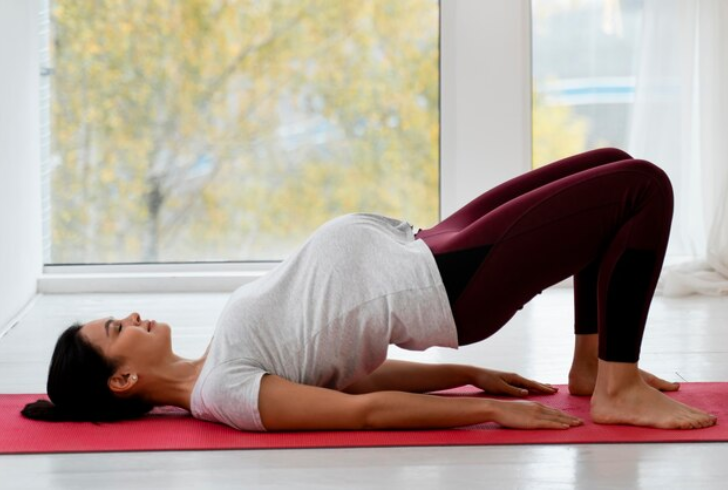
Image by Freepik |
Pelvic exercises cut post-baby leaks & help women over 65 with pee problems.
Strong pelvic muscles help you control urine flow. Pregnancy, childbirth, and menopause can weaken these muscles over time. As women age, about 30 percent struggle with leaking urine, also known as urinary incontinence. Men can experience this too, though less often.
Studies show Kegels reduce urine leakage and improve quality of life. Leslie Rickey, MD, MPH says, “Pelvic floor exercises have been shown to reduce postpartum incontinence in women who have recently had a baby and can also prevent and treat incontinence in women over 65.”
Take Back Control of Your Bowels
Pelvic floor muscles also allow you to hold in gas and stool. So just like Kegels improve bladder control, they can enhance bowel control too. One study found pelvic floor exercises significantly improved bowel control issues (fecal incontinence) in men. More research is still needed to confirm effects for women.
Make Pregnancy and Childbirth Easier
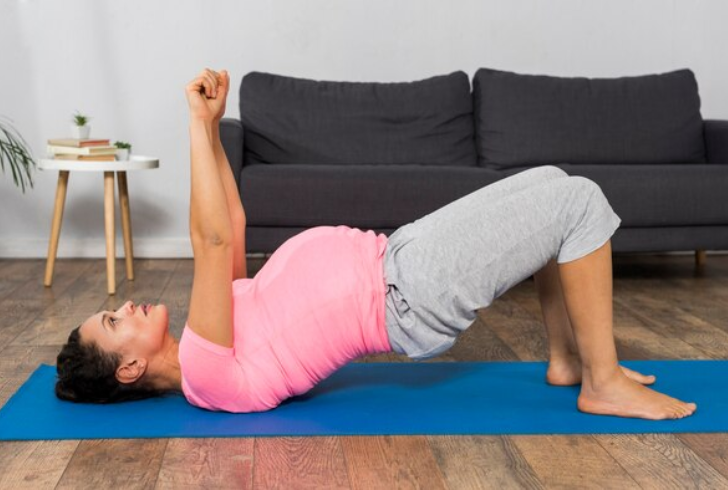
Image by Freepik | Strong muscles assist with labor; post-birth, Kegels aid healing and bladder control.
During pregnancy, your growing baby puts extra pressure on the pelvic floor. Kegels build strength to handle this extra load, says Cleveland Clinic. Strong muscles also help push during labor. After birth, Kegels promote healing and bladder control.
Rev Up Your Sex Life
Some women report greater arousal and satisfaction after doing Kegels. That’s because strong pelvic muscles lead to increased vaginal tightness. Men can experience benefits too, like better ejaculatory control and more intense orgasms.
Are Kegels Right for You?
While Kegels offer many potential perks, they aren’t for everyone. Women with a condition called pelvic organ prolapse can do more harm than good with Kegels without guidance.
Pelvic organ prolapse is when pelvic organs drop and protrude into the vagina. About 50 percent of women over 50 have this, says Harvard Health. Experts recommend seeing a pelvic floor physical therapist to learn exercises tailored to your specific case. Surgery may be necessary if physical therapy doesn’t provide relief.
Some women with painful sex may also worsen symptoms with Kegels. The vaginal muscles can get too tight, making intercourse uncomfortable. Check with your doctor before starting a Kegel routine.
The Bottom Line
Your pelvic floor muscles deserve some TLC. Taking time to strengthen these important muscles with Kegel exercises can lead to big benefits. From leaking less pee to enjoying sex more, Kegels help keep this delicate area healthy. Before starting a Kegel routine, talk to your doctor to ensure they’re right for your situation. With regular practice, you’ll be well on your way to better bladder control, bowel function, and more!
More inHealthy Trends
-
`
How Upcycled Beauty Ingredients Are Reshaping the Industry’s Future
The beauty industry is going through a big shift — and it’s not just about trends. As waste problems grow and...
July 17, 2025 -
`
A Look Inside Faith Kipyegon’s Groundbreaking Mile Run in Paris
Last week in Paris, Faith Kipyegon returned to a place she knows well: Stade Sébastien Charléty. But this time, she wasn’t...
July 9, 2025 -
`
Dairy Is Making a Major Comeback — And Health Shoppers Are Loving It
Just a few years ago, dairy sat quietly in the back seat while plant-based alternatives took the spotlight. Now, it’s stepping...
July 4, 2025 -
`
Does Aging Cause Dental Problems?
Aging doesn’t automatically mean losing teeth or developing gum disease. In fact, older adults today are holding onto more of their...
June 25, 2025 -
`
How Upcycled Ingredients Are Shaping the Future of Cosmetics
What used to end up in bins or compost heaps is now finding a new life inside skincare bottles and beauty...
June 18, 2025 -
`
Rock Legend Rod Stewart Trains to Break Sprint Record at 80
Age isn’t slowing Rod Stewart down. Known worldwide for his legendary voice, stadium-filling tours, and timeless hits like “Maggie May”, the...
June 11, 2025 -
`
The Truth Behind Detox Diets – Health Boost or Risky Trend?
It’s hard to scroll through your feed without seeing someone sipping green juice with promises of instant energy, glowing skin, and...
June 3, 2025 -
`
Is Dr. Oz Fit to Lead Medicare?
The announcement of Dr. Mehmet Oz as President-elect Donald Trump’s pick to lead the Centers for Medicare and Medicaid Services (CMS)...
May 29, 2025 -
`
Are Beauty Dupes Worth the Hype?
Beauty fans are no strangers to the world of product swaps. Whether it’s a $10 concealer rivaling a luxury $50 one...
May 21, 2025

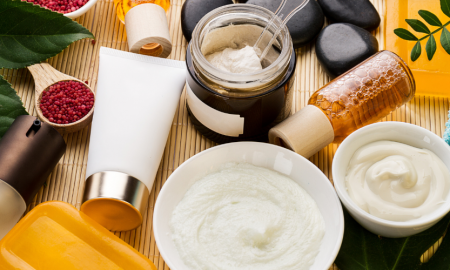










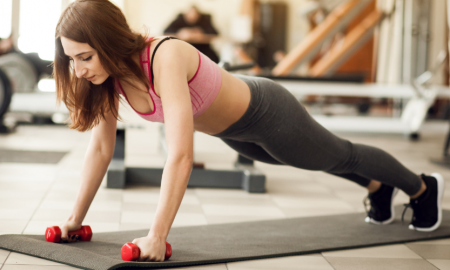


You must be logged in to post a comment Login